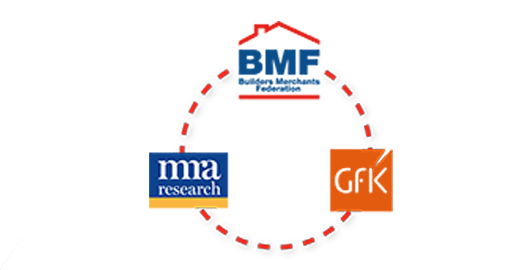eCommonSense Comment: Q4 2021

As one year ends and another begins, it’s a good time to consider where you can make improvements to your business to make operations more streamlined and efficient. One way of doing this is to move from paper-based systems to a digital ERP system, but to get the most from it, you need to change the way you think about how you do business.
At a recent meeting with one of our largest clients, the MD said, “You can’t digitalise spaghetti” and the statement really resonated. Otherwise known as a poorly designed paper system that has evolved and been replicated into a digital one, “spaghetti” (or tangled, confusing and often contradictory processes and systems) is something that we see all too often.
It’s entirely understandable that merchants are reluctant to completely change processes that they might have been following for five, ten, or maybe more years. However, by simply replicating paper-based systems into digital ones, legacy mistakes and inefficiencies become baked-in.
Consider the long-term impact of this. Once an ERP is customised to suit those processes, it is virtually impossible for anyone aside from those involved in the implementation to understand how it’s configured.
Should a problem be encountered, the ERP support team will struggle to effectively resolve the issue, as the organisational knowledge is not shared. Over time, as people switch roles or move firms, the pool of those with a detailed knowledge of that specific system dwindles.
Worryingly, this is happening all too often. As the trusted advisors, ERP providers need to start saying ‘no’ as simply implementing everything the way the client thinks they want it, will be damaging to their business long-term.
Not only will merchants struggle to access good quality support, they will also remain tied into inefficient processes unsuitable for the needs of the digital economy and if you’re thinking of trading online, then that only exacerbates the problems.
Before implementing a new ERP system, the provider and end-user must sit down to understand the current processes, identify the areas that can be re-engineered and agree on a solution that provides true value for money.



